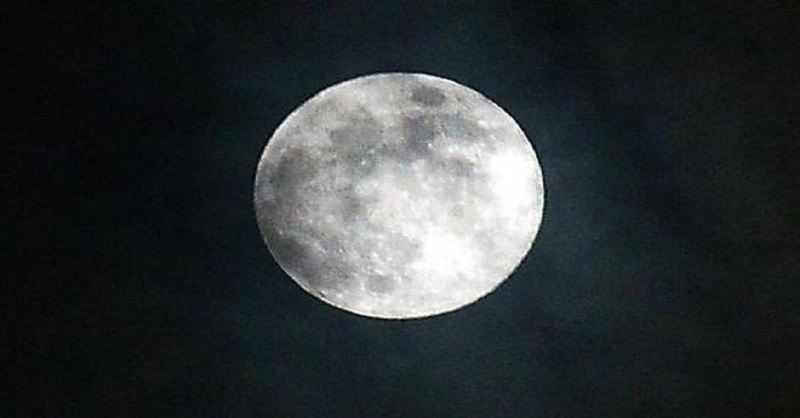
A blue moon is an additional full moon that appears in a subdivision of a year: either the third of four full moons in a season or a second full moon in a month of the common calendar.
The phrase has nothing to do with the actual color of the moon, although a literal “blue moon” (the moon appearing with a tinge of blue) may occur in certain atmospheric conditions: e.g., if volcanic eruptions or fires leave particles in the atmosphere of just the right size to preferentially scatter red light.
A rare total lunar eclipse that involves the second full moon of the month – popularly referred to as a Blue Moon – is set to take place on January 31 for the first time in over 150 years.
This will be the first eclipse of 2018. For the Indian subcontinent, the Middle East, and Eastern Europe, the eclipse will already be underway as the Moon rises.
The Pacific Ocean will be turned towards the Moon at the time and the eclipse will take place during the middle of the night.
Central and eastern Asia, Indonesia, New Zealand and most of Australia will get a fine view of this Moon show in the evening sky.
Alaska, Hawaii and northwestern Canada will see the eclipse from start to finish. Moonset will intervene for the rest of North and Central America, however.
The duration of the total phase is 77 minutes, with the moon tracking through the southern part of the Earth’s shadow.
https://www.eastcoastdaily.in/2017/12/04/2017s-first-last-kind-moon-spotted-emirates/
During totality, the Moon’s lower limb will appear much brighter than the dark upper limb, ‘Space.com’ reported.
After this year, the next time that a Blue Moon passes through Earth’s umbra will be on December 31, 2028, and, after that, on January 31, 2037. Both of these eclipses will be total.
Before 2017, there was an 8% partial eclipse on December 31, 2009, but the last total eclipse of a Blue Moon happened all the way back in March 31, 1866.
HOW TO WATCH
OUTSIDE
Stepping outside on January 31 won’t guarantee you a look at that lunar eclipse. The easternmost part of North America and the majority of South America will catch the tail end of the eclipse, with the moon dipping below the horizon at 6:48 am EST. Sorry, East Coasters, but the lunar eclipse will be most easily seen on the other side of the country.
If you want a good look at the blue moon eclipse, you’ll have to travel to the planet’s eastern hemisphere, and pick a spot somewhere in Australia, New Zealand, or eastern Asia. If you’d rather see it in one of America’s 50 states, you can choose between Alaska or Hawaii (Canada’s northwest region is also an option, if that’s what you’re into). You can take a look at NASA’s lunar eclipse chart to see where you’ll be able to catch the best view of the lunar eclipse, and where you’re guaranteed to miss it entirely.
AT HOME
Who would want to step out into the cold to watch the Blue Moon? But you should still try to get a look at this literal once-in-a-lifetime event, even if it’s on your computer screen. You can watch a live stream of the upcoming eclipse thanks to The Virtual Telescope Project, or the robotic telescope streaming service Slooh. No matter where you are, taking a moment to appreciate the rare sighting of a blue supermoon lunar eclipse should be on your to-do list for 2018.

Post Your Comments